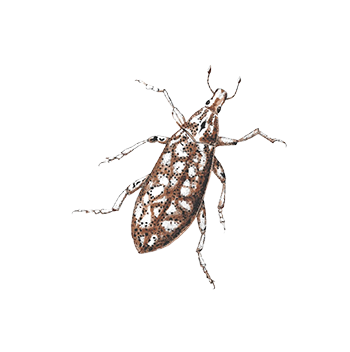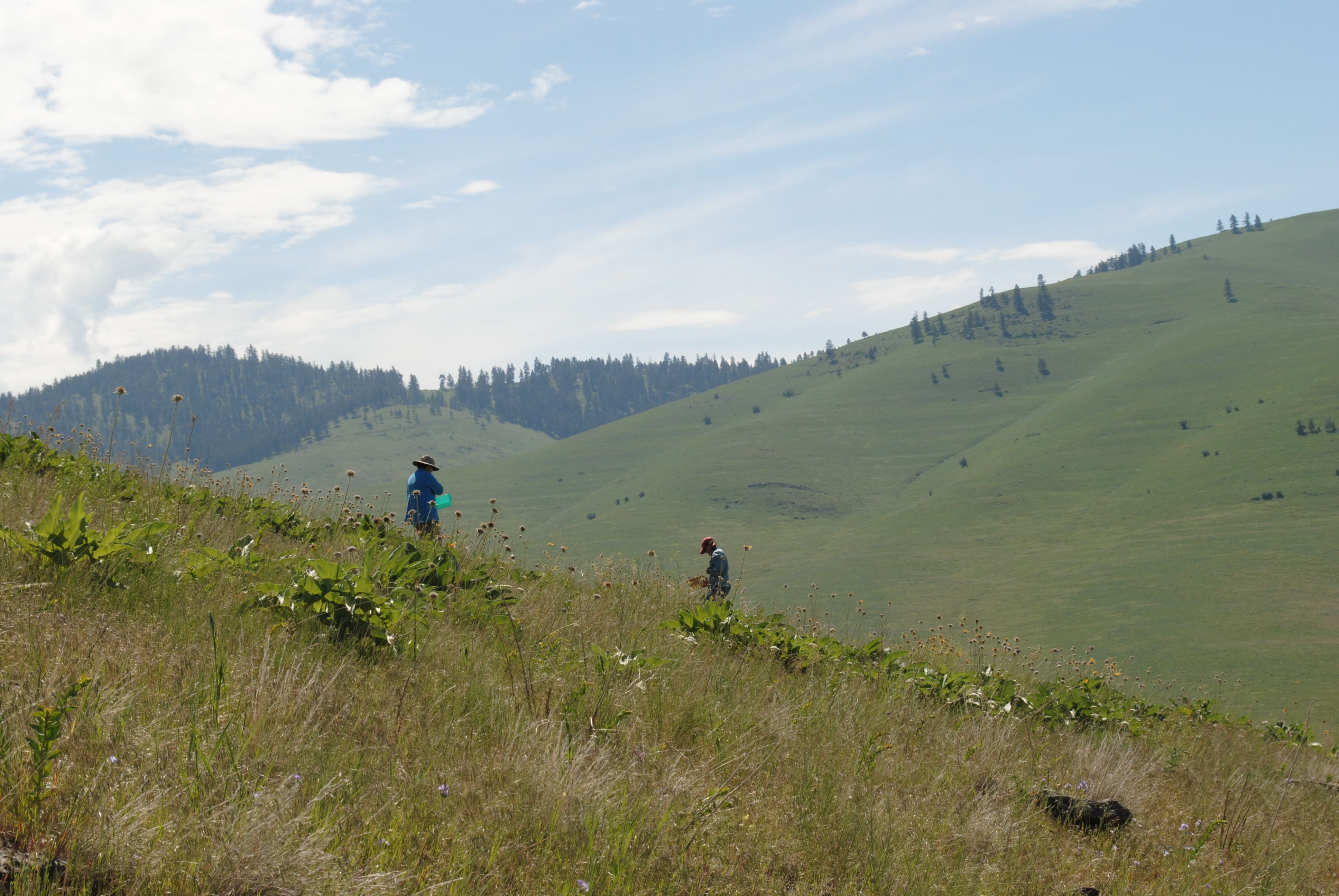Our Mission
Montana Biological Weed Control Coordination Project (MTBCP) is a grassroots effort created to provide the leadership, coordination, and education necessary to enable land managers across Montana to successfully incorporate biological weed control into their noxious weed management programs.
History
We have been an integral part of building access to biocontrol agents for land managers across Montana since 2013. Over the years, MTBCP has continued to grow and expand Montana's biocontrol resources across the state by collecting and releasing biocontrol agents, monitoring release sites, conducting research, providing education, and developing strong partnerships.
Read below to learn about the extensive history of biocontrol research in Montana that led to the founding of MTBCP.

